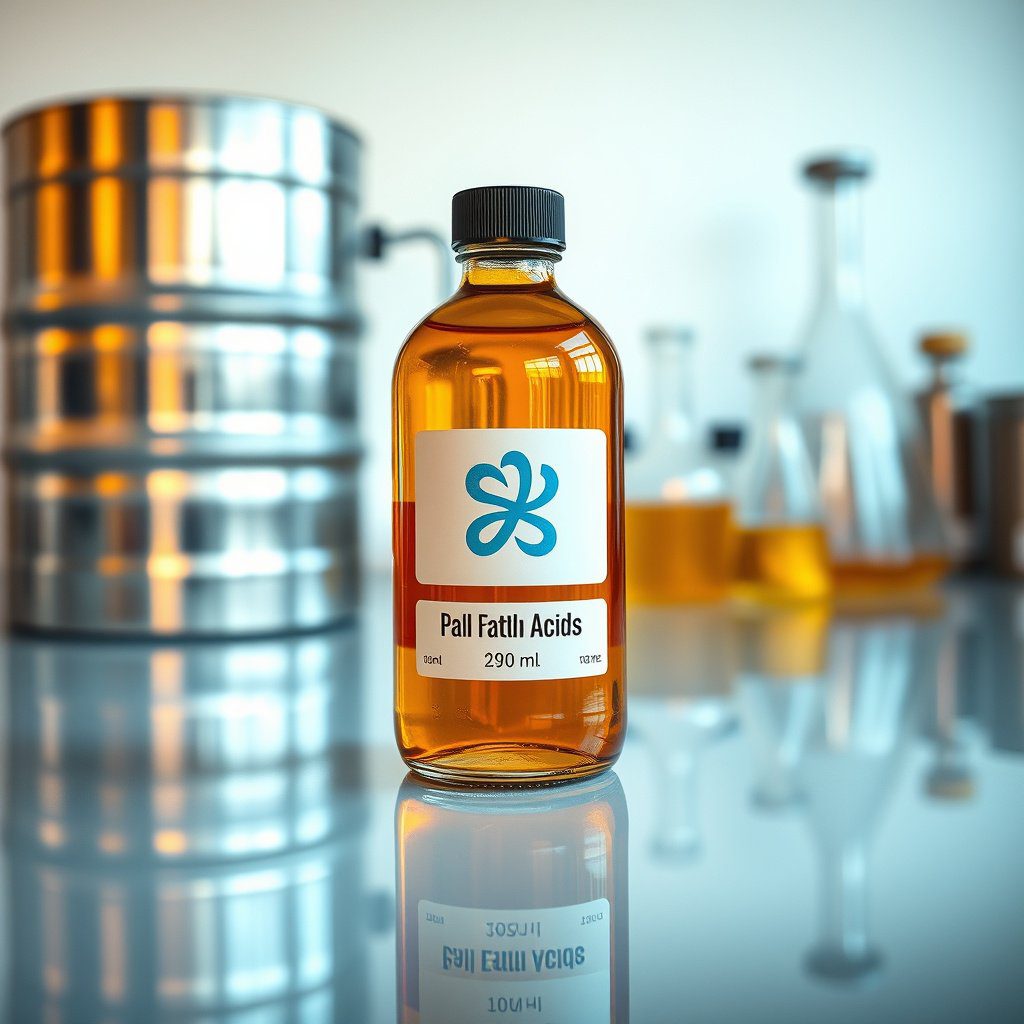Triethanolamine in Personal Care Products
Triethanolamine applications extend significantly into the personal care industry, where it acts as an emulsifier and pH balancer. This compound is commonly found in creams, lotions, and shampoos, ensuring that oil and water components mix effectively. Its ability to stabilize formulations is crucial for achieving a smooth texture and enhancing product performance, making it a vital ingredient in many cosmetic products.
Triethanolamine in Agricultural Formulations
In agriculture, triethanolamine is utilized in the formulation of herbicides and pesticides. Its surfactant properties help improve the adhesion of these chemicals to plant surfaces, ensuring more effective penetration and absorption. This application not only enhances the efficacy of agricultural products but also promotes sustainable farming practices by allowing for lower application rates.
Triethanolamine in Industrial Cleaning Agents
The industrial cleaning sector benefits from triethanolamine applications due to its effectiveness as a surfactant and emulsifier. It is commonly incorporated into heavy-duty cleaners, degreasers, and detergents, where it helps to break down and remove grease, oil, and other stubborn contaminants. The versatility of triethanolamine makes it an essential component for maintaining cleanliness in various industrial environments.
Triethanolamine in Textile Processing
Triethanolamine plays a significant role in the textile industry, primarily as a softener and anti-static agent. Its applications help to improve the hand feel of fabrics, making them softer and more comfortable to wear. Additionally, it reduces static cling, thereby enhancing the overall quality of textile products. This versatility is vital for manufacturers aiming to meet consumer demands for high-quality textiles.
Triethanolamine in Paints and Coatings
The use of triethanolamine in paints and coatings is widely recognized due to its ability to enhance performance and stability. It acts as a dispersing agent, helping to evenly distribute pigments and additives throughout the formulation. This application not only improves the aesthetic quality of the paint but also enhances its durability and resistance to environmental factors, making it a preferred choice among manufacturers.
Triethanolamine in Pharmaceuticals
In the pharmaceutical industry, triethanolamine is utilized for its role in drug formulation and stabilization. It is often used as a solubilizer and emulsifying agent in topical medications and ointments. Its ability to enhance the delivery of active ingredients ensures better therapeutic outcomes, making it an essential component in many pharmaceutical preparations.
Triethanolamine in Oil and Gas Applications
Triethanolamine applications in the oil and gas sector involve its use as a corrosion inhibitor and a stabilizing agent. It helps to protect pipelines and equipment from corrosive substances, thereby enhancing the longevity and safety of operations. This application is critical in maintaining efficiency and reducing maintenance costs in the oil and gas industry.
Triethanolamine in Food Industry
Although less common, triethanolamine is sometimes found in food processing applications, where it can serve as an emulsifier or stabilizer. Its role in improving texture and consistency is important, particularly in processed food products. However, its use is subject to stringent regulations to ensure safety and compliance with food industry standards.
Triethanolamine in Adhesives and Sealants
In the formulation of adhesives and sealants, triethanolamine serves as a curing agent and enhances the bonding properties of these products. Its ability to improve adhesion strength and flexibility makes it a valuable component in various applications, from construction to packaging. This application is essential for ensuring the reliability and performance of adhesive products.


